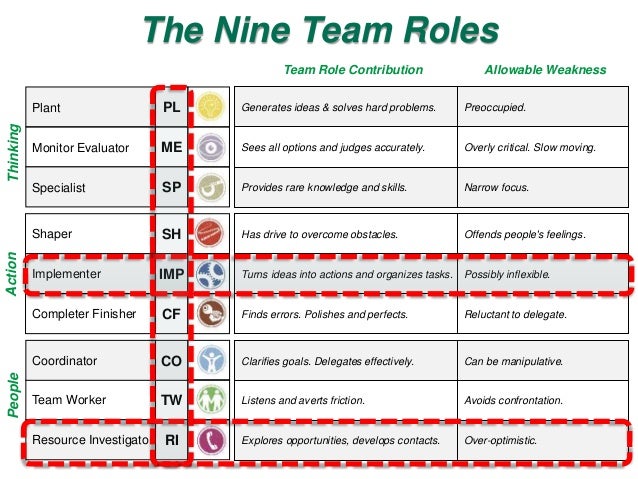

Some possible explanations and implications of the findings are discussed. It was found that consistent with Belbin’s proposal the “mixed” teams performed better than teams consisting of shapers alone. The task performance of six teams of four individuals identified as shapers by the Team‐Role Self‐Perception Inventory (Belbin, 1981), was compared with that of six mixed teams of four individuals one co‐ordinator, one plant, one completer finisher, and one team worker. This study sought to redress this situation by testing Belbin’s proposal that teams in which a wide range of team‐roles are represented perform better than those where there is an imbalance of roles because certain roles are over‐represented. However, there is little empirical support for his work, largely because there has been scant research. Belbin’s Team‐Role Theory is extensively used as a counselling and team development tool by organisations and management consultancies in the UK.


 0 kommentar(er)
0 kommentar(er)
